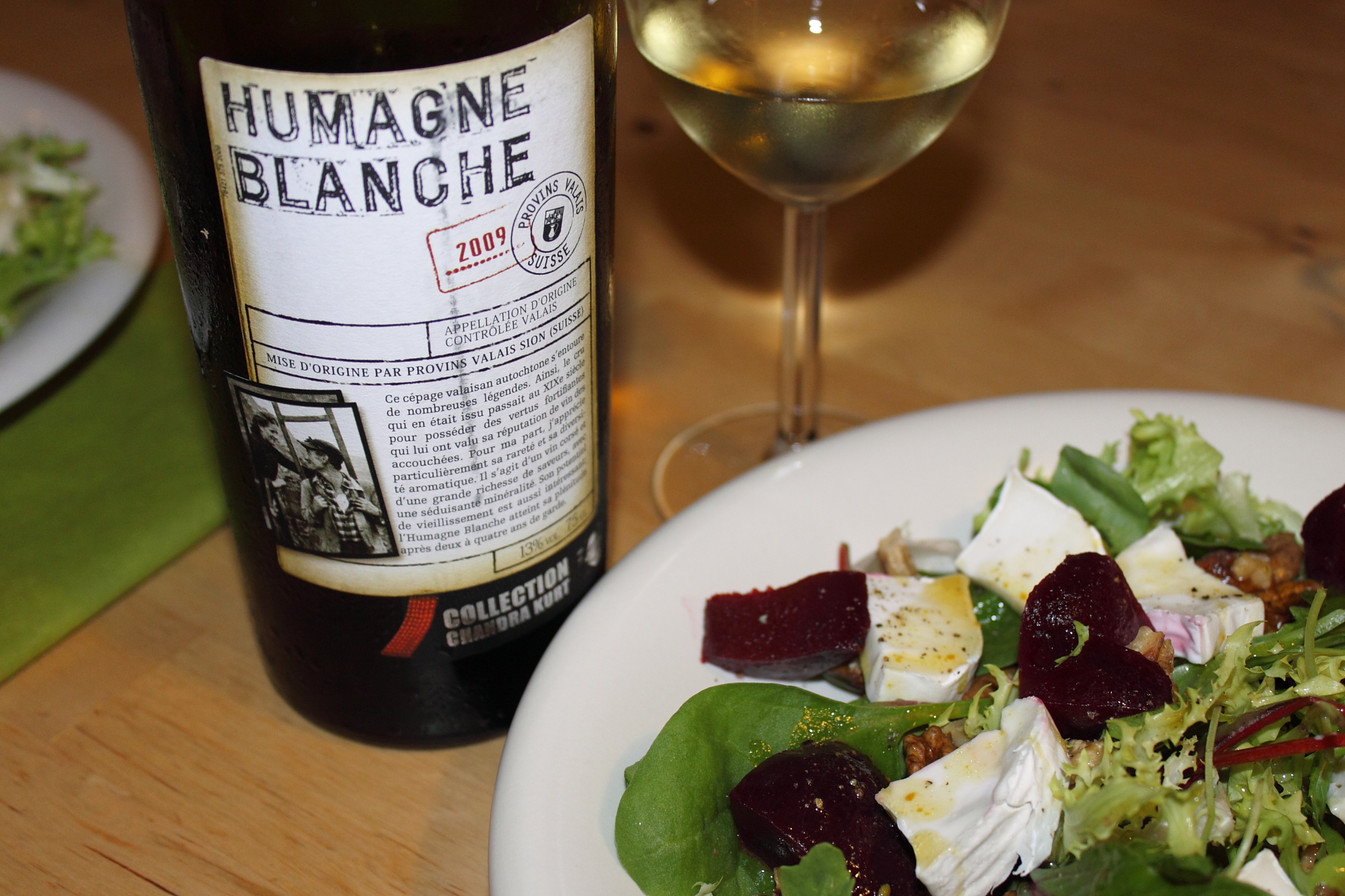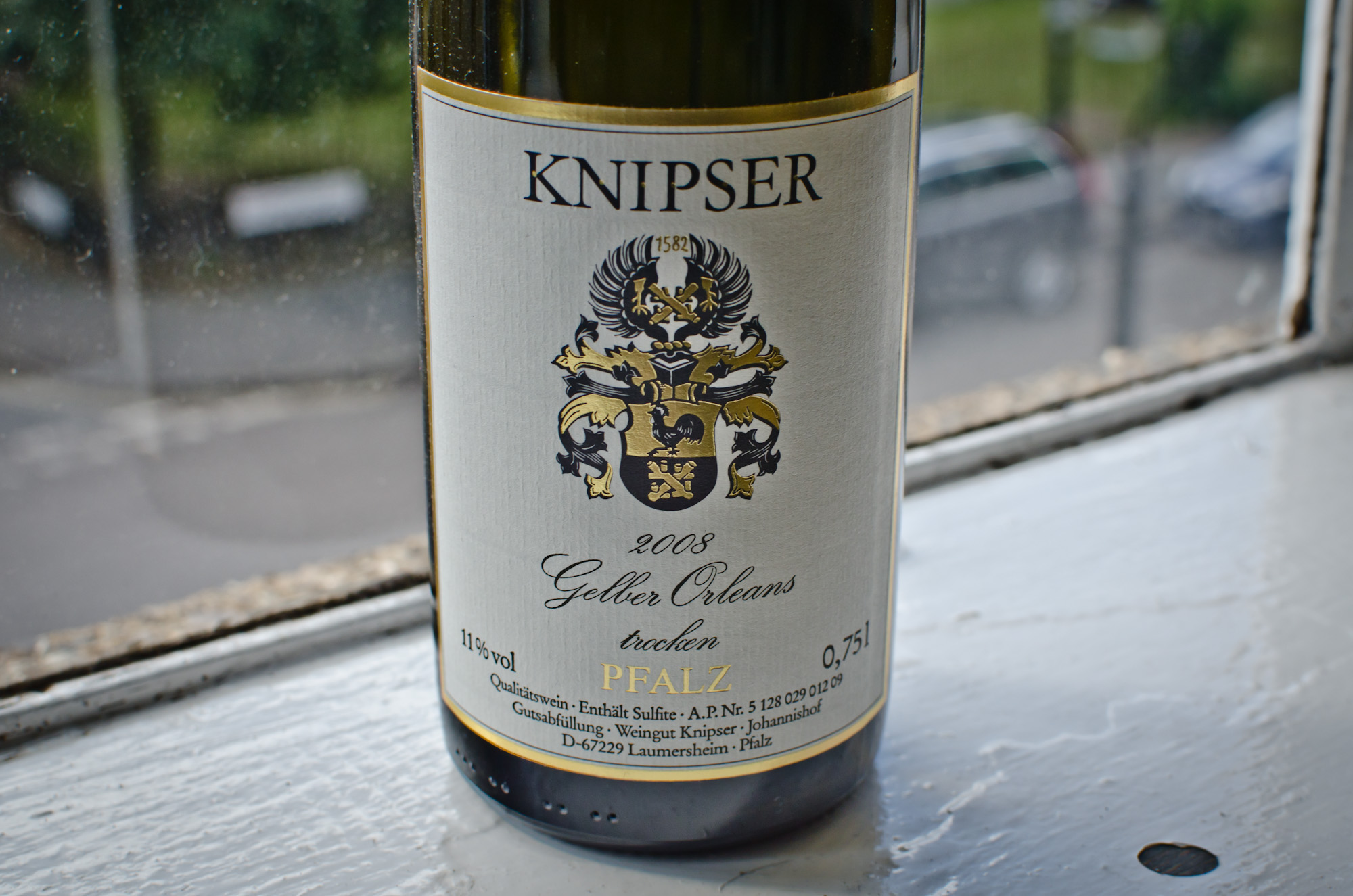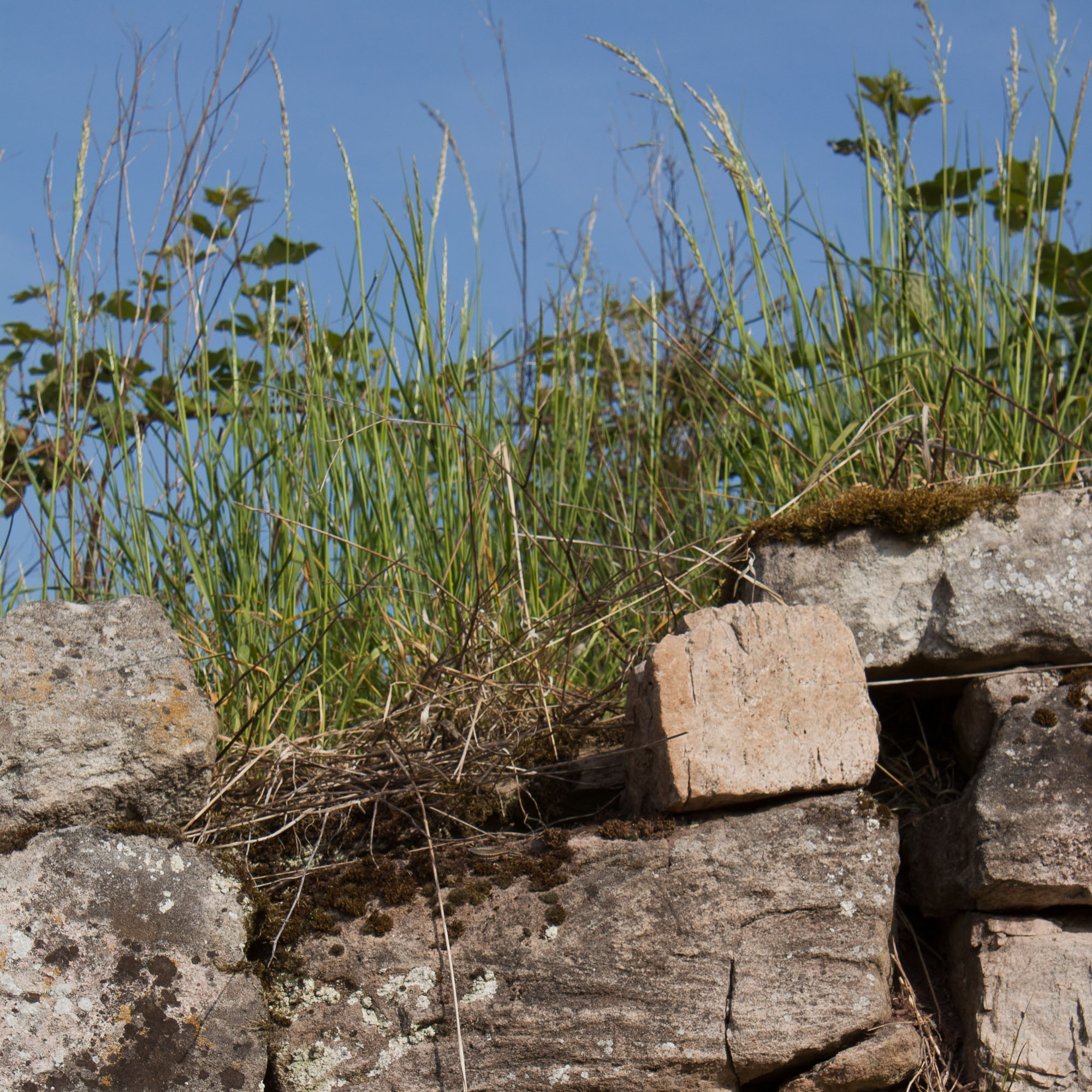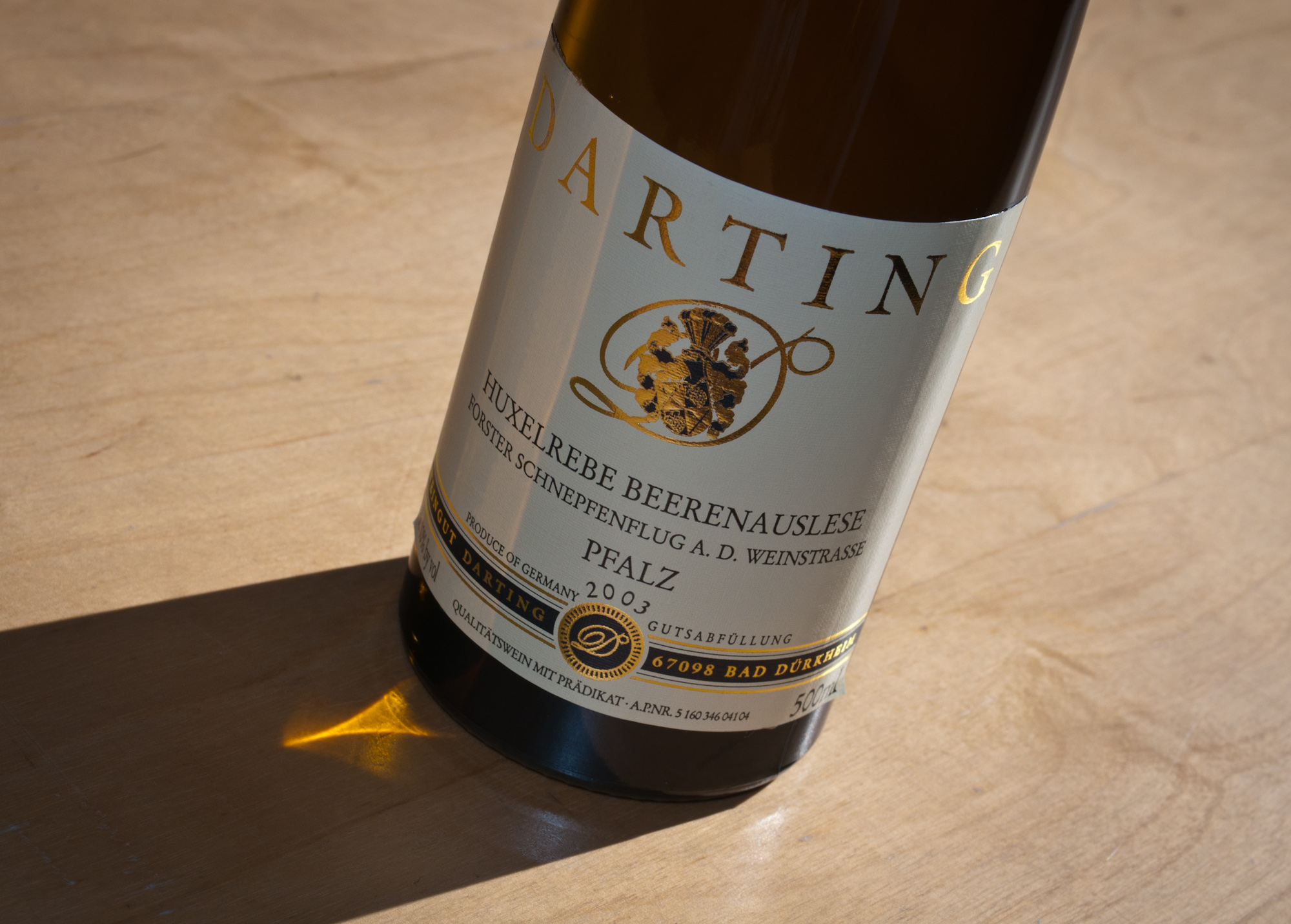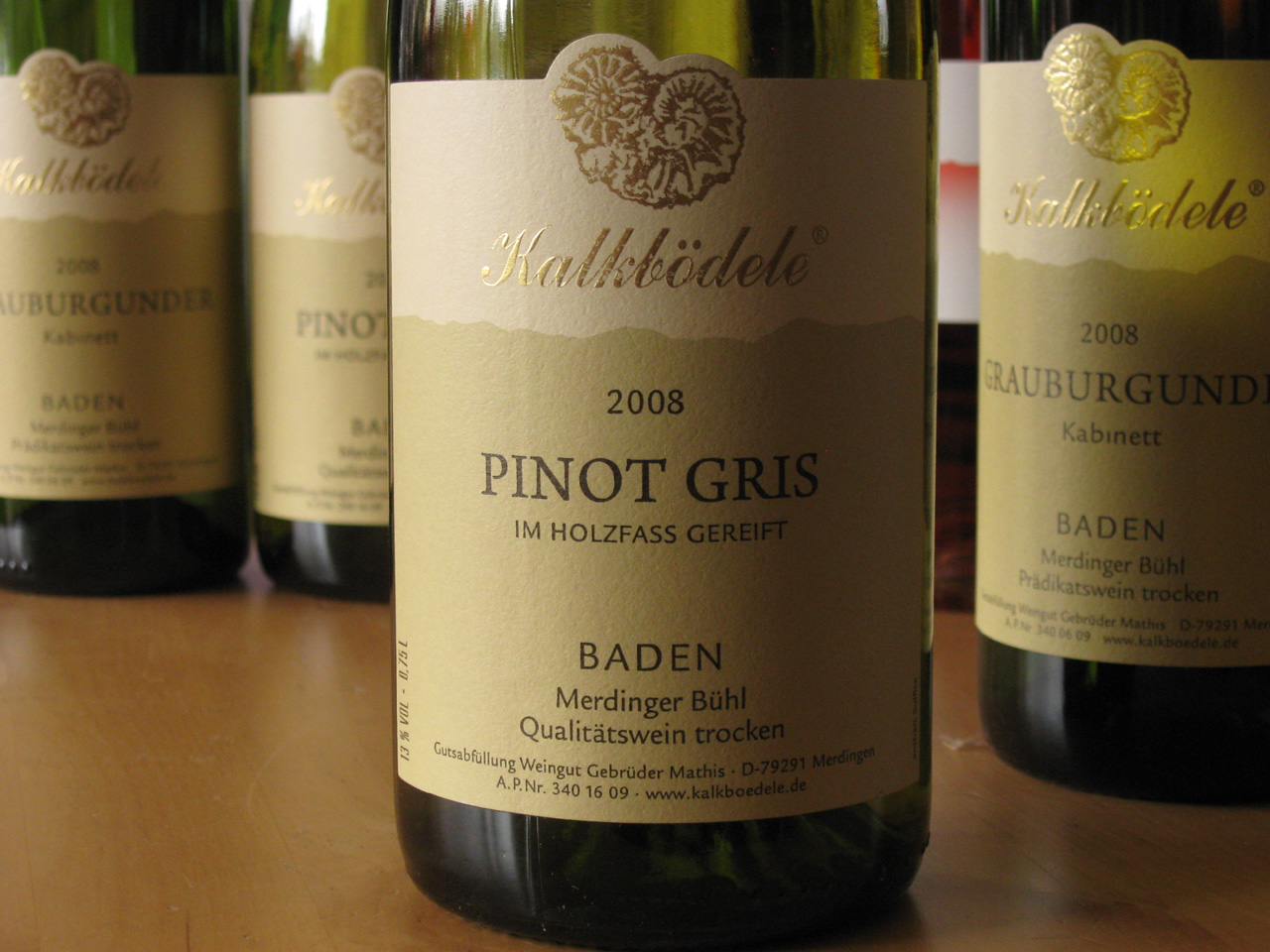Staatsweingut Meersburg, Meersburger Chorherrnhalde, Chardonnay ***, 2008
Said Mr. Munich Wine Rambler to a bottle of Lake Constance Chardonnay: "There's nuthin' in this town 's been a surprise, 'cept for you". Oh no, wait, that wasn't me, that was Kevin Costner, the romantic free-grazing, sharp-shooting cowboy in "Open Range", to Annette Bening. But that was exactly my sentiment when I took the first sniff of this 08 offering, my last bottle (for the time being) from the Staatsweingut Meersburg.
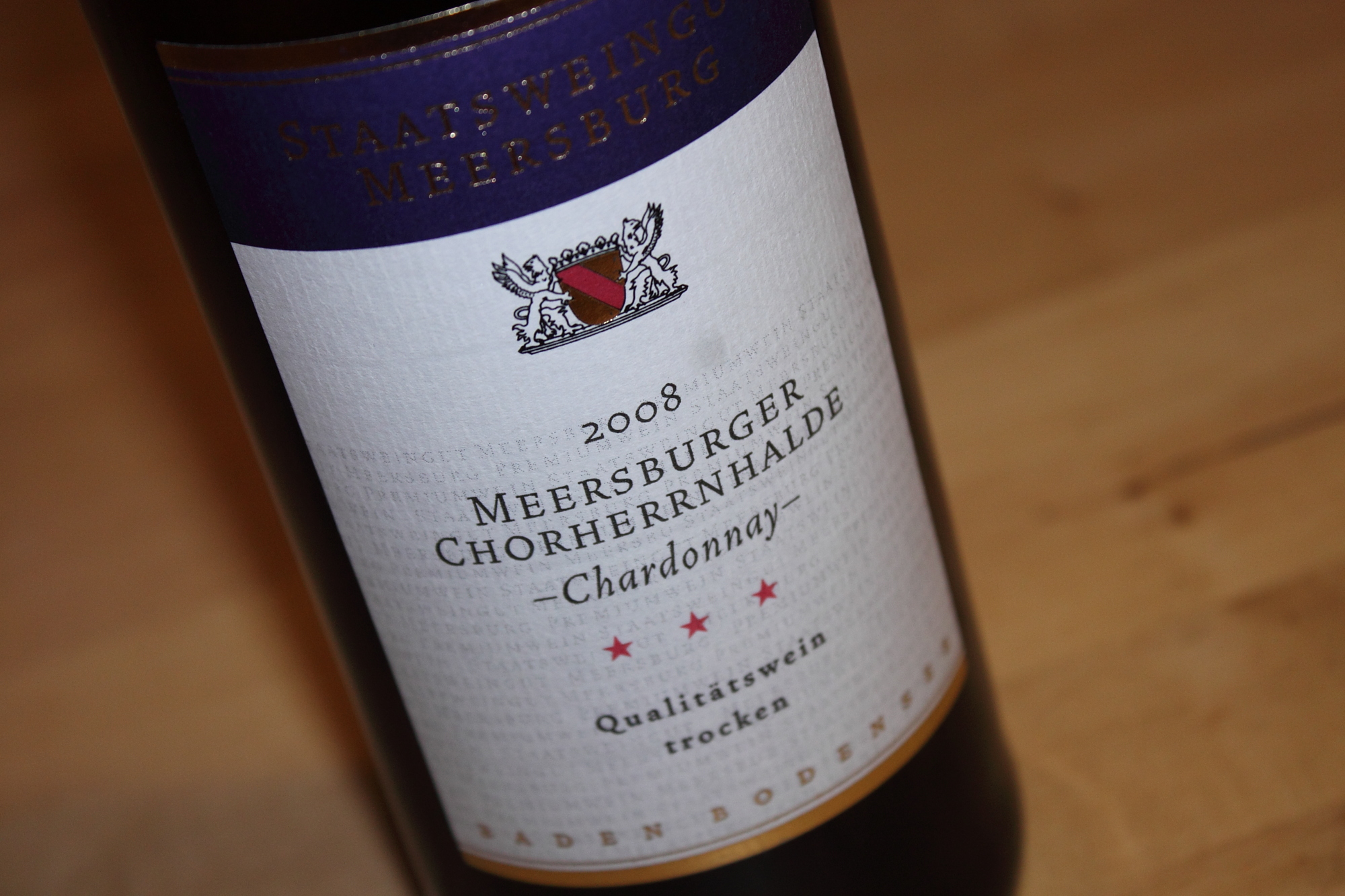
After a long, joyless day, any glass of wine would have cheered me up, and I wasn't expecting anything special, really. A white that would work with the nice pumpkin soup set before me, not too acidic, not too thin, with some smooth buttery notes (yes, it had indeed been that kind of day). But as it happens, this eloquent, outstandingly matured Chardonnay surprised and charmed me far beyond my modest designs:

